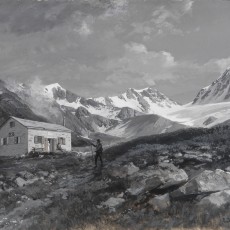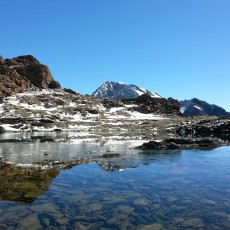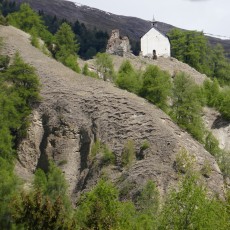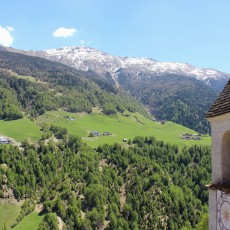According to the chronological tables of the Matsch village church, the Matsch valley was populated in far-back antiquity by Illyrian tribes. In 400 BC, it is said that the Celts arrived and, in coming together with the indigenous people of the valley, merged into the Rhaetian people. A Celtic helmet found in the Saldurbach River and the names of the Celtic deities “Eisa” and “Rumla,” which can still be seen in the names of fields today, bear witness to these times.
The name Matsch probably dates back to the pre-Roman-Indo-European adjective “mak” (damp, wet), which was extended to “makjā” (wetland). In the Alpine Romanesque this became “matšja,” while the name was transformed and “umlauted” in Middle High German to “Mätsche” (document from 1302). The interpretation of Matsch as the name of the “Valle amatsja” (happy, friendly valley), by the Romans who came here in around 15 BC corresponds to a folk-vision of etymology. The form “Amatia” dates back to the Romance “a Matšja” (on, in Matsch).
It is believed that the valley already served as a retreat for locals at the time of the Migration Period. “Amatia-Venosta” was documented as early as circa 824 AD, and numerous early medieval place names (Quadras, Pardeng) suggest that the Matsch valley was already permanently settled at this time, unlike the other side valleys of the Vinschgau, uninhabited until the high and late Middle Ages.
According to parish chronicles, in around 1200 there were already about a hundred families in Matsch. At this time, the aristocratic family of the same name settled in the valley, speeding up the settlement process; the Runhöfe farms would have come into being at this time as clearings.









